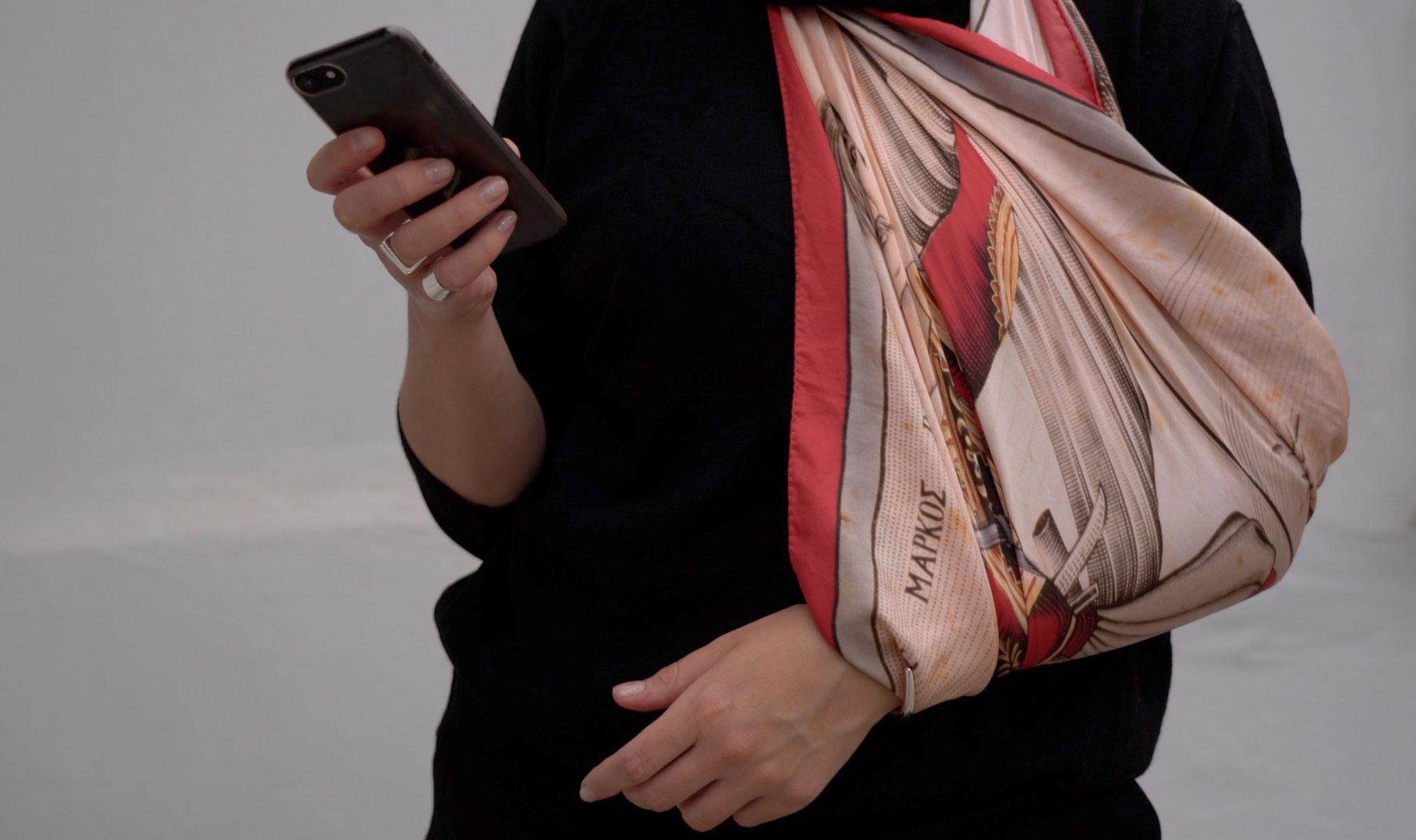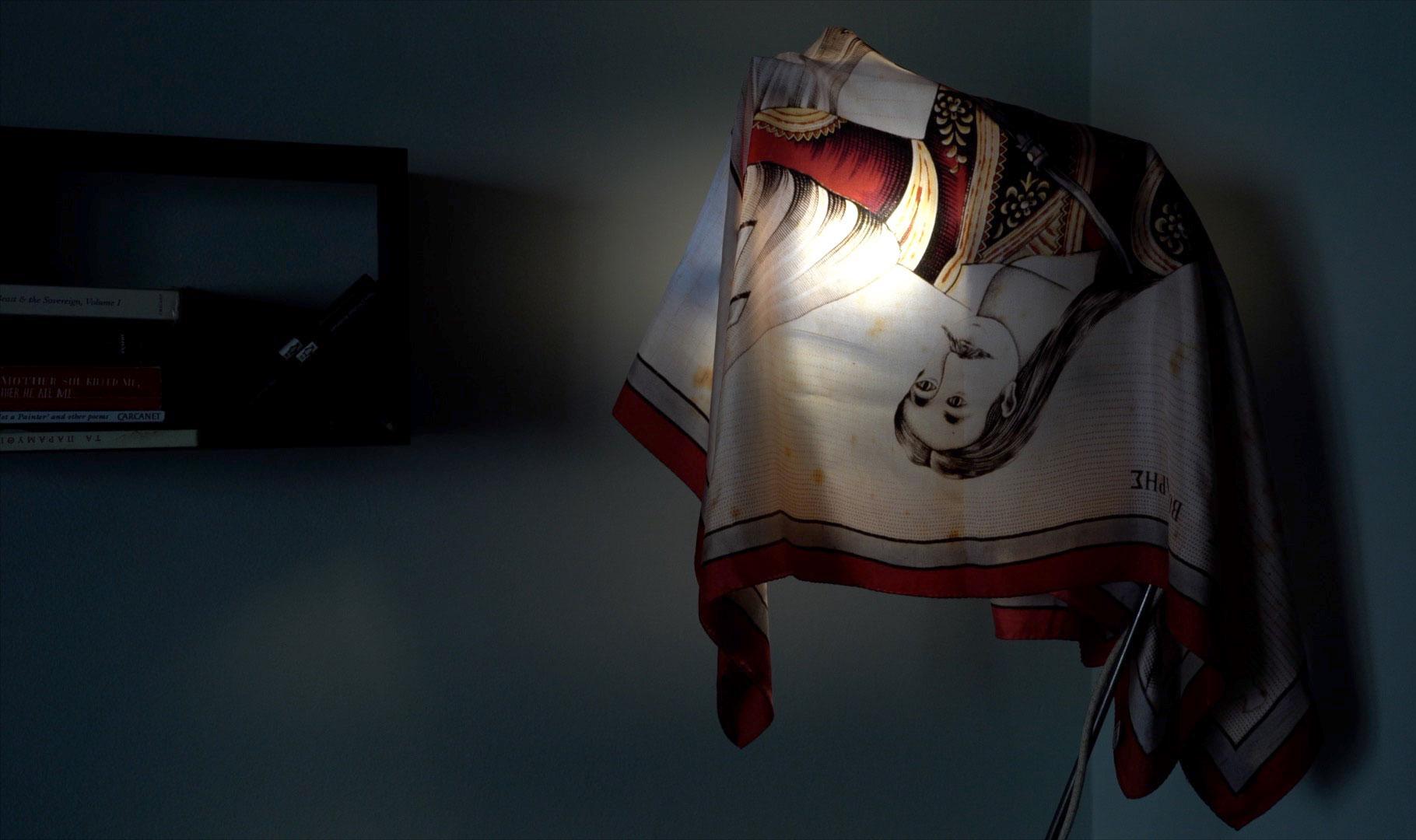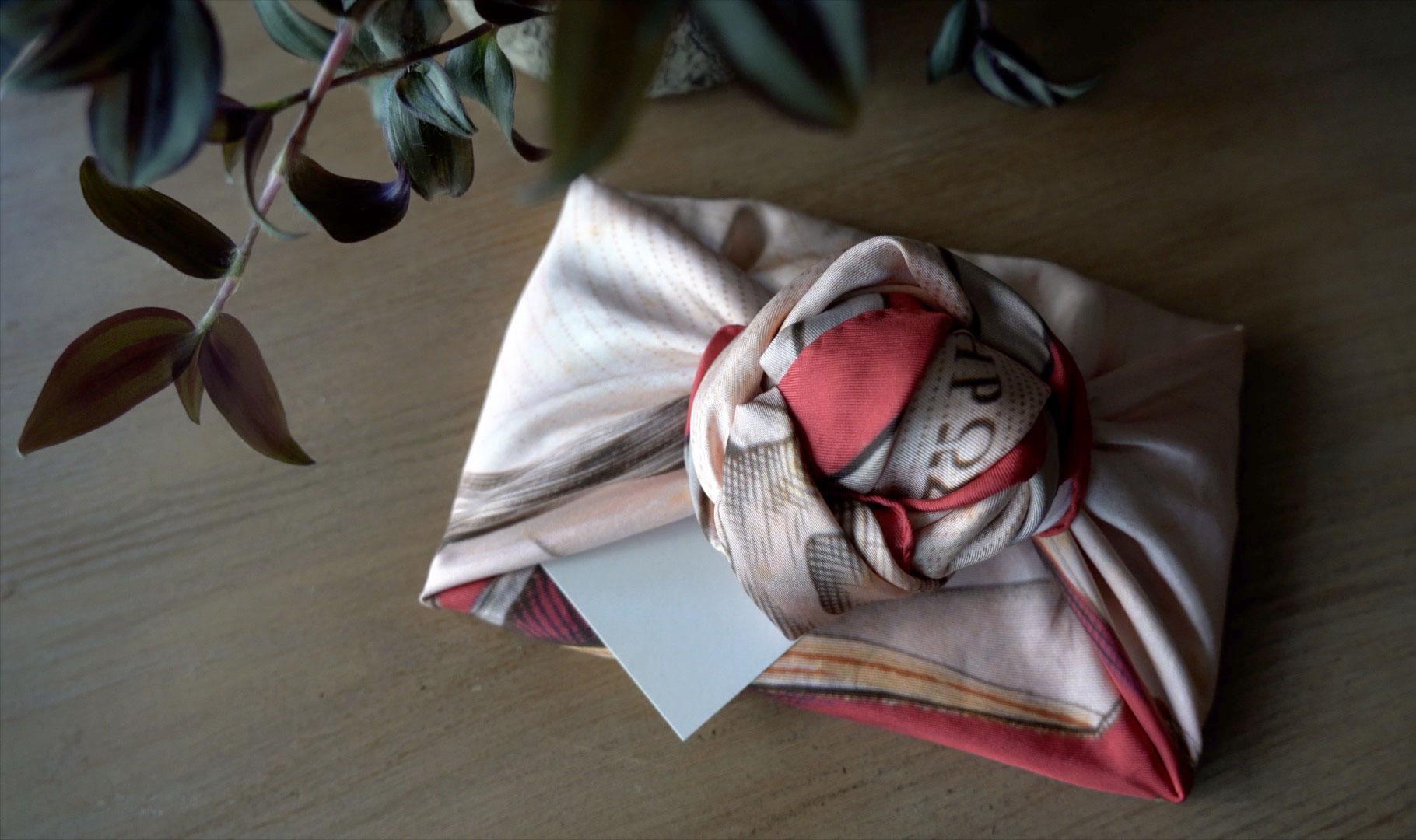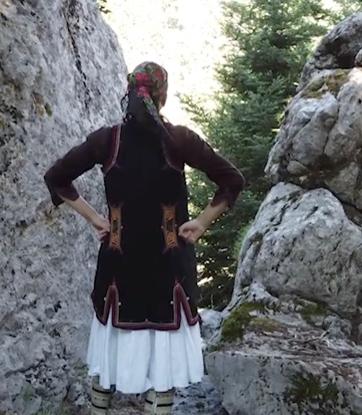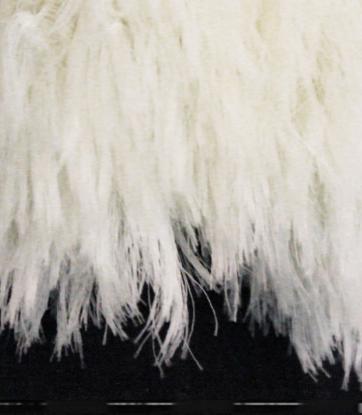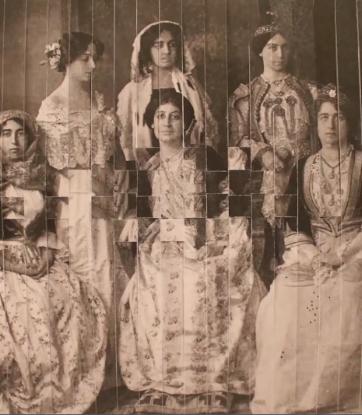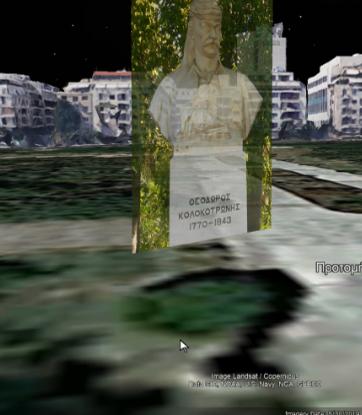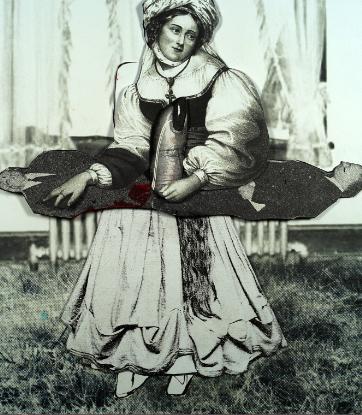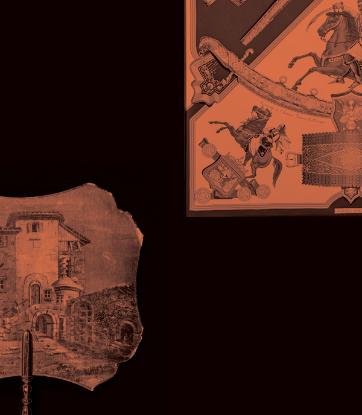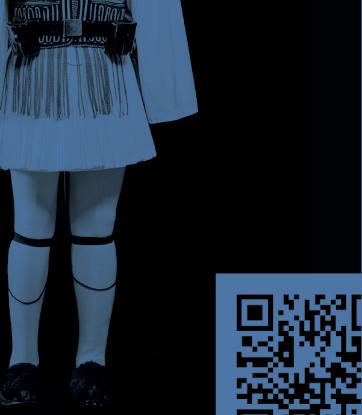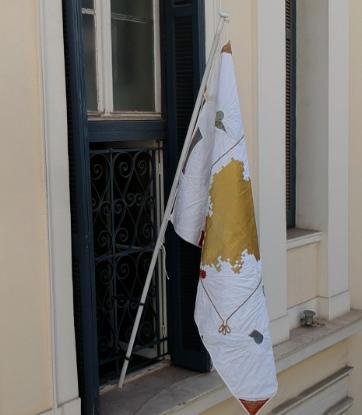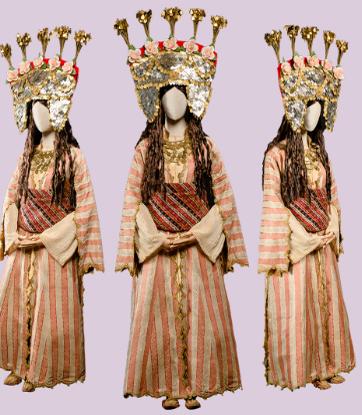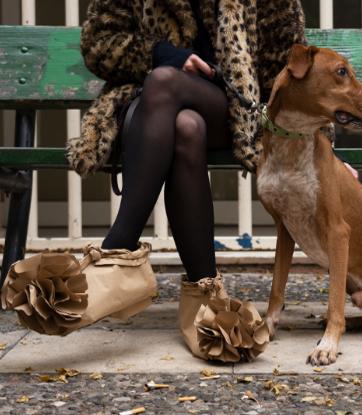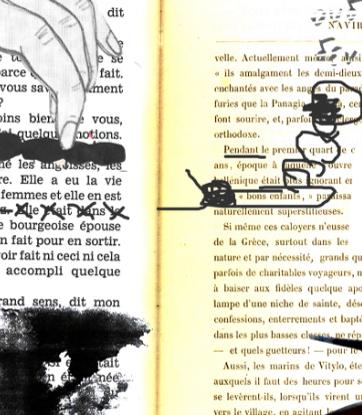With the “image” of MarkosBotsaris, one of the most enduring archetypes of “the hero”, and with his figure printed even on a commemorative scarf which complements the men’s festive costume from the village Palatia (Saraylar), in the north of the island of Marmara in Asia Minor, the programme of the exhibition “1821-2021. A thousand stories stitched on a piece of cloth” comes to an end, foreshadowing, in a way, the passage to 2022, one hundred years after the Asia Minor Disaster and the subsequent settlement of the expatriates in Greece.
The unit is accompanied by Elektra Stampoulou’s video Marcus, which collates modern ways of tying and using a scarf.
Markos Botsaris is among the most important figures of the 1821 Revolution. The military leader from Souli (born in 1790) participated in the battles of Plaka in 1821 and Peta in 1822. He was also among the defenders of Messolonghi during its first siege at the end of 1822 where, by misleading the enemy with false negotiations, he gave the besieged residents time to reinforce their fortifications. On the night of Christmas 1822, Botsaris defended the city walls of Messolonghi with only a few men against the troops of Omer Vrioni. He breathed his last on August 9, 1823 in Kefalovrysso, near Karpenissi, in his effort to intercept the enemy advance along with Kitsos Tzavellas and other Souliotes.
Standing out among the opinions and reports on the hero Botsaris is that of Georgios Karaiskakis, who is reported to have said: “ No other mother ever gave birth to such a brave man. Markos was great. His mind was one of a kind, his heart was that of a lion, and his judgment was as fair as that of Jesus. None of us can measure up to even his little finger.” According to legend, even Mustafa Pasha of Skodra exclaimed: “Eh, Markos! I wish I were as brave as you”.
Botsaris’ character, his heroic acts, and the theme of the dying hero, were depicted in paintings, praised in folk song and literary poetry and even in an ode.
His heroism made him, in the eyes of Greeks and foreigners, a Leonidas of modern Hellenism and his fame spread across Europe and America. In a letter sent from Corfu to Alexandros Mavrokordatos in 1824, the scholar Athanassios Psalidas (1767-1829) from Ioannina notes that “the noble ladies of England and France wear him on a golden chain against their bosom as a pendant” (V. Krapsiti, “Souliot Analects”, ed. 1971).
But we also find the image of Botsaris on a printed cotton scarf from around 1900, which has the stamp of the Thread and Dyeing Factory of Demetrios Nikolaou Pierakos in Syros. The hero is depicted in the centre holding a flag, while in the top left corner is the name Votsaris.
The scarf, known as a “markobotsaris”, completes the festive costume of the men of Palatia1 known as palatiani or salivaria, as it gets its name from its basic component, the all-black silk and cotton vraka (baggy trousers) with the long sela (the folds of fabric between the legs). Along with the vraka, they wore a linen or silk shirt, which in the bridegroom’s version had woven stripes and lace hems on the collar and the cuffs. On top of the shirt they wore a felt waistcoat or the “yaleli”, a sleeveless velvet, double-breasted waistcoat decorated with black silk thread, while in the winter they added various overcoats. They wrapped an all-silk sash around their waist, knitted in red or white, or readymade, like the multicoloured striped ones brought from Tripoli, Lebanon. On their head they usually wore the hard Turkish fez, with or without a tassel, while on their feet they wore different types of knitted socks and as shoes they usually used koundoures or stivalia (boots). The only jewelry men wore were a pocket watch on a chain and their wedding ring. [Thodoris Kontaras, The costumes of Palatia of Prokonissos in Asia Minor, Endymatologika/1, PFF 2000]
On festive days, young men would complete their costume with a scarf, like the kalemkeri or the “markobotsaris”, arranged in various ways:
1. tied around the neck
2. pinned, along with a coin, on the left side, from the breast to the armpit.
Apart from the above two ways of arranging the scarf, one more is attested:
Folded and placed with no support on one shoulder.
- 1. After the 1922 expatriation, the people of Palatia (Palatianoi) settle in Chalkida at first. Later the area in Skala Oropou, belonging to Andreas Syngros and donated to the Amalieion Orphanage, is expropriated by the state and so, from 1924 onward, the majority of Palatianoi acquire lots there and a separate community is founded, called “Nea Palatia”.
From the design of the first markobotsaris in around 1900, we arrive at the newer commemorative scarf, an exact copy of that of Pierakos. The hero Markos Botsaris is placed on silk, and the scarf in its turn, is tied in new and imaginative ways, is matched with modern clothes, is integrated with new aesthetics. It is like a form of worship that carries memories, perhaps as a reminder of the “hero”, in his remembrance, in his honour, or simply as fashion.
In Stampoulou’s work, the “markobotsaris” acquires new uses, beyond sartorial codes. With the freedom of her personal expression and her imagination and through the kind of creative experimentation that created the phenomenon of fashion in the first place, the artist makes a guide that collects and suggests novel ways to wear or use the scarf: on the head, neck, chest, or waist, or even around an ankle; as a simple scarf, as a sash, as a pocket square (pochette); wrapped around the wrist or around the entire arm like a sleeve. From the simplest and most familiar shapes to the most uncomfortable or unconventional ways, the “marcobotsaris” becomes a modern accessory.
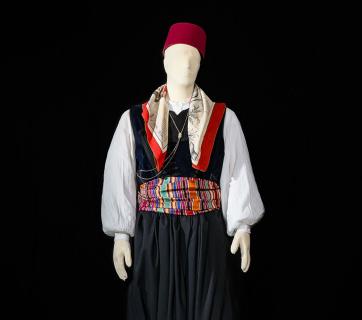
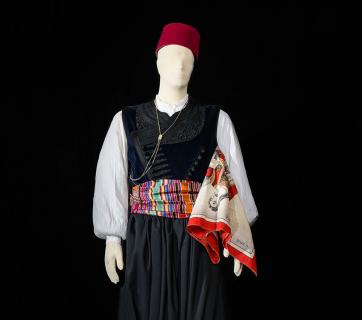
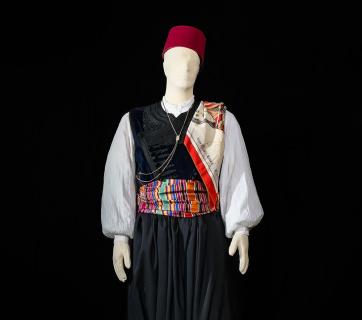
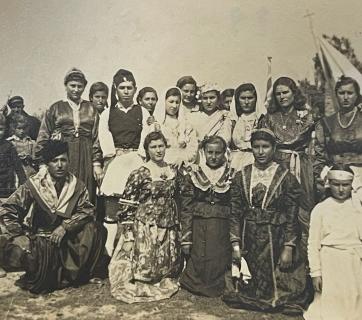
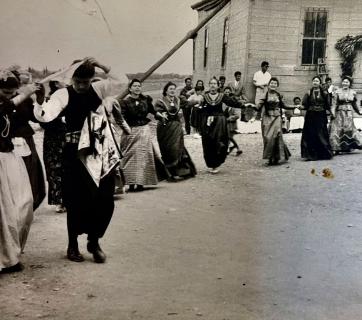
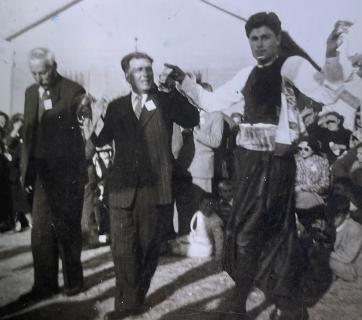
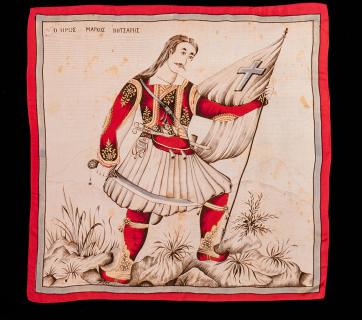
Tania Veliskou studied History and Archaeology at the Aristotle University of Thessaloniki, receiving scholarships from the Tsagada Legacy Fund for her performance in the programmes of Folklore and Social Anthropology. With a scholarship from the “Maria Heimariou” Foundation, she undertook postgraduate specialisation studies in Museology at the Department of Museum Studies of the University of Leicester, U.K.
She has participated in research programmes at the Aristotle University of Thessaloniki on the documentation and management of costume collections, as well as in folklore research in situ in Northern Greece. She works as a curator at the Museum of the History of the Greek Costume of Lykeion ton Ellinidon, primarily on museological research, museography design and the curation of thematic exhibitions. She is a member of the Hellenic Costume Society.
Tania Veliskou
George Makris
Elektra Stampoulou
Apostolia Mpallaki
Mary Thivaiou
Dimitra Stampoulou
Golfo Dupont
Investigations by Kevin MacLeod
Diana Notaroglou
Argyris Dimou
Penny Saccopoulou – Valtazanou
Nea Palatia Cultural Society, Assimenia Drakou-Hadjiioannou, Lazaros Drakos, Ilias Kaftanis, Argyris Dimou and Maria Rapti
